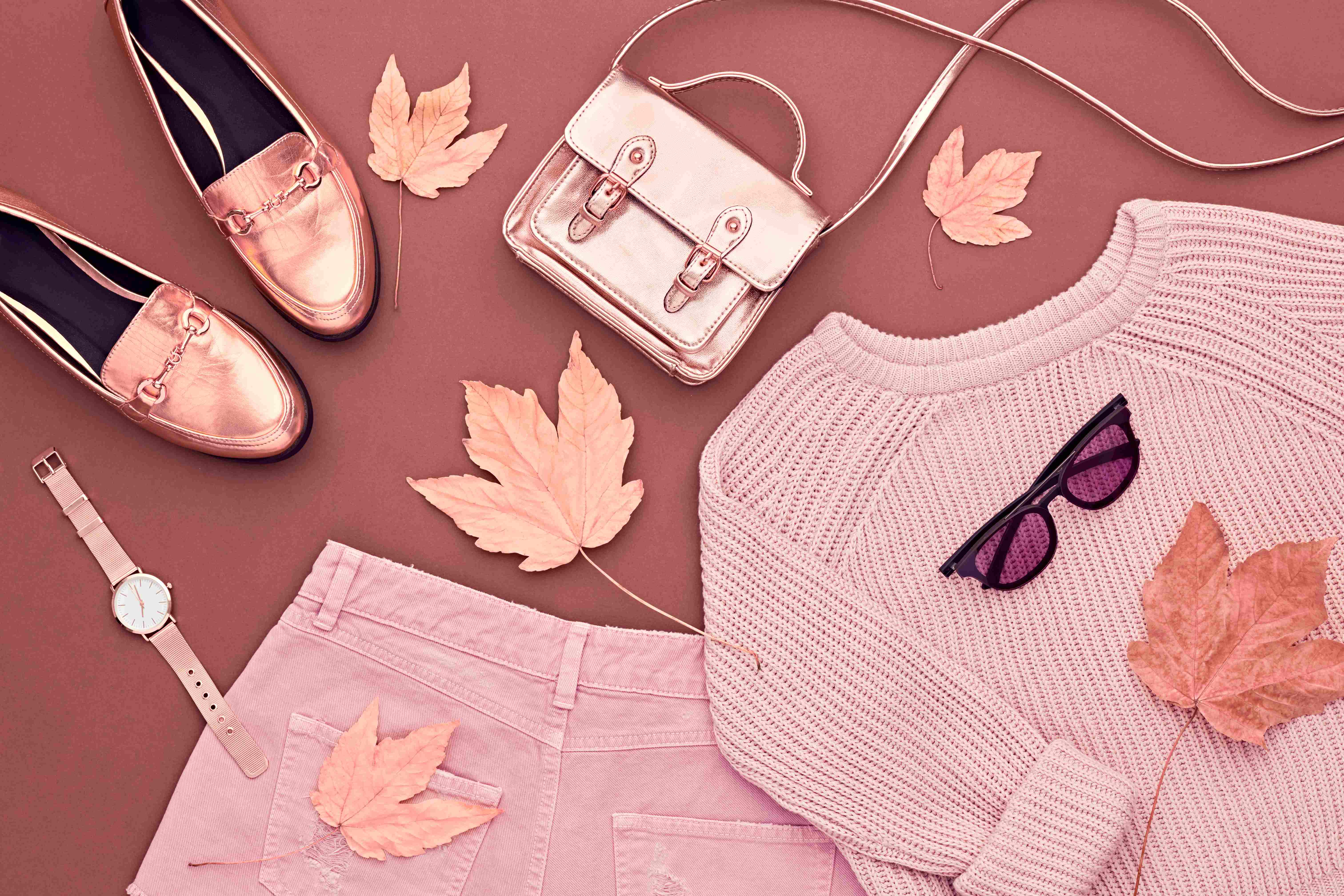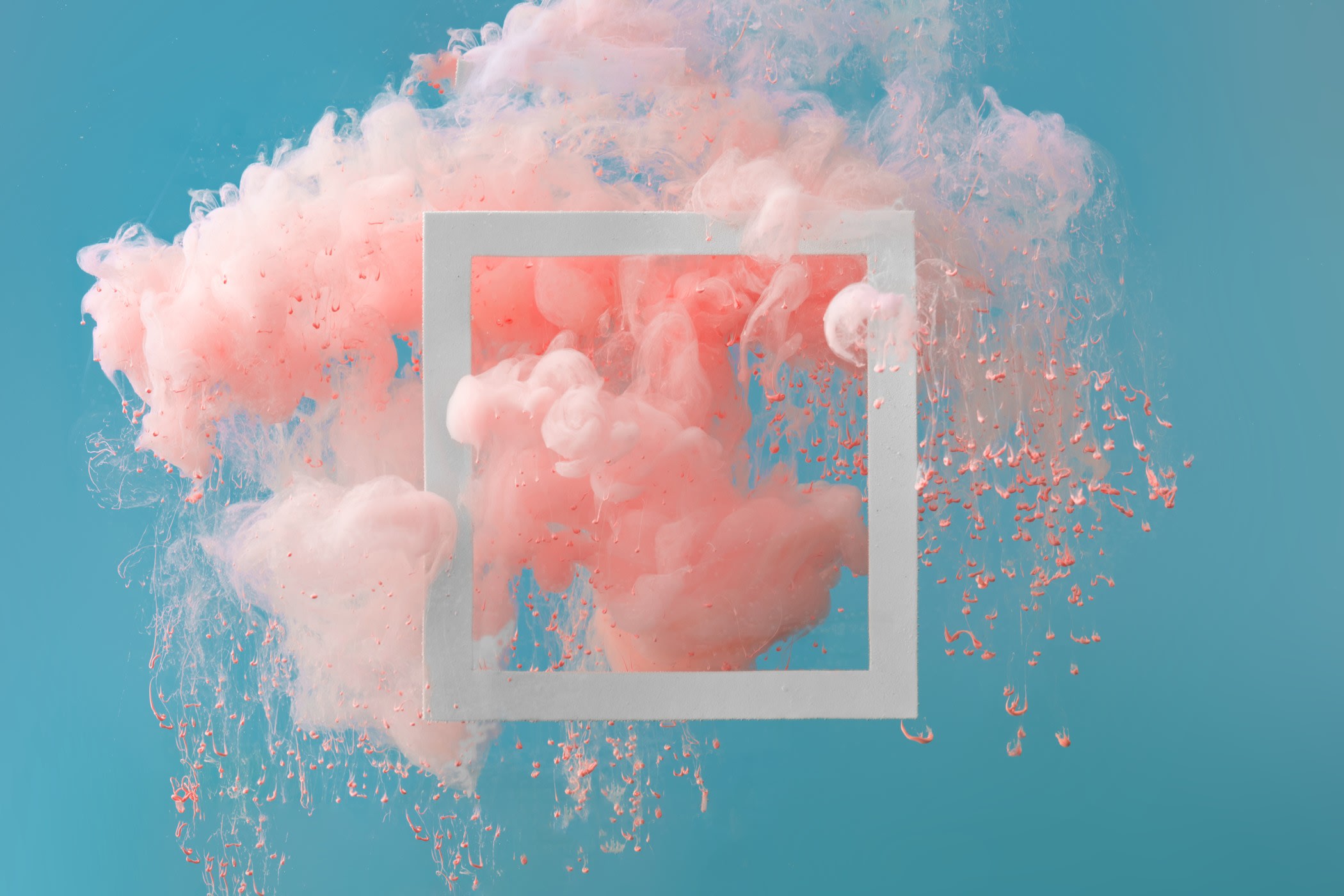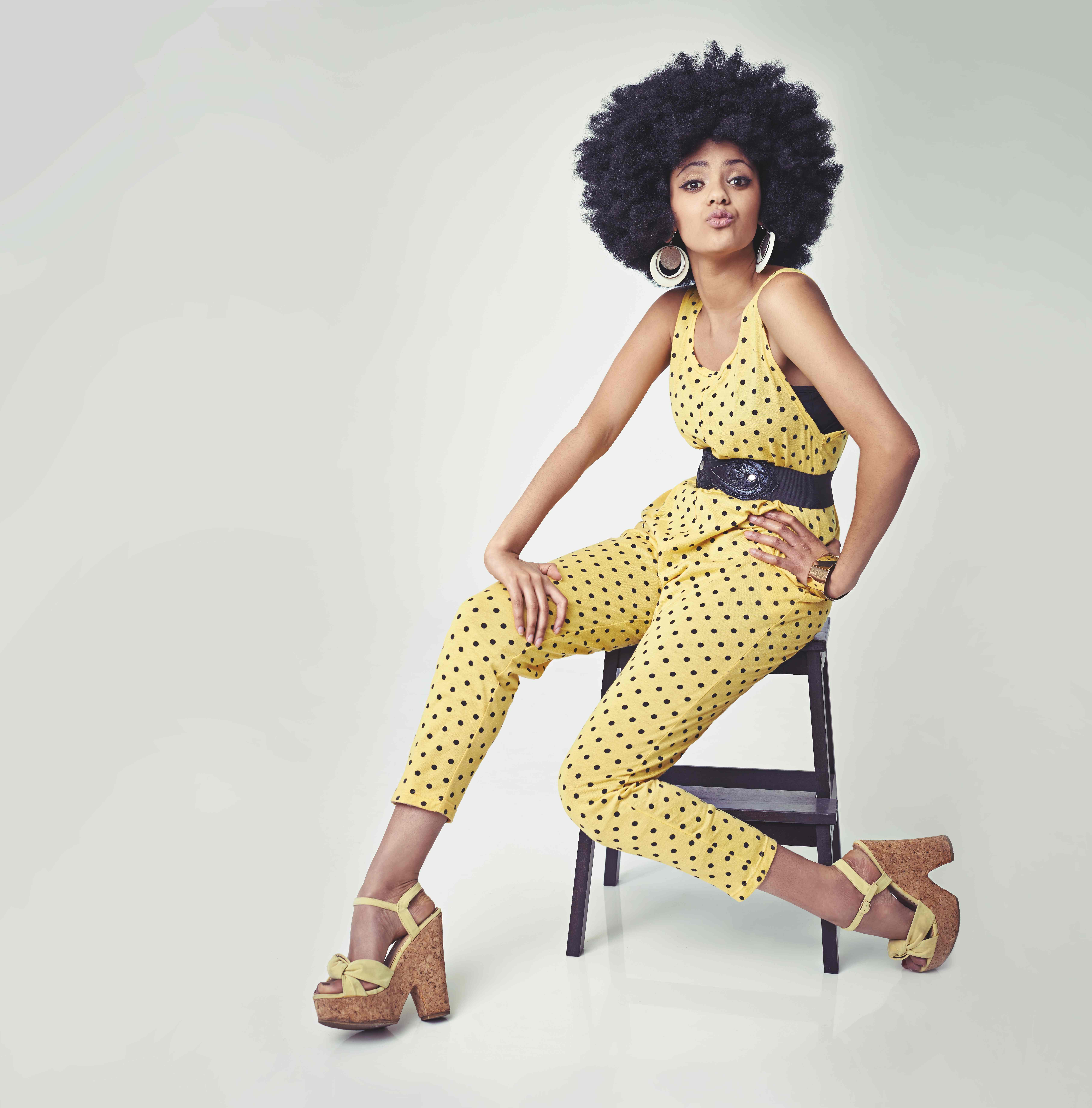The Life Cycle Of A Fashion Product



The product life cycle concept is founded on the idea that every product has a limited 'life cycle' that can be charted across time using the scientific analogy of growth, maturity, and decline. The fashion product life cycle refers to the process of introducing new fashion items, as well as fashion alterations or advertisements, from start to finish.
A fashion garment's life cycle, which can last one or more seasons, is arguably the most similar to the bell-shaped curve that is commonly used to describe the product life cycle approach. Here are the details of the product life cycle and how to use product lifecycle management in each stage.
Stages of fashion product life cycle
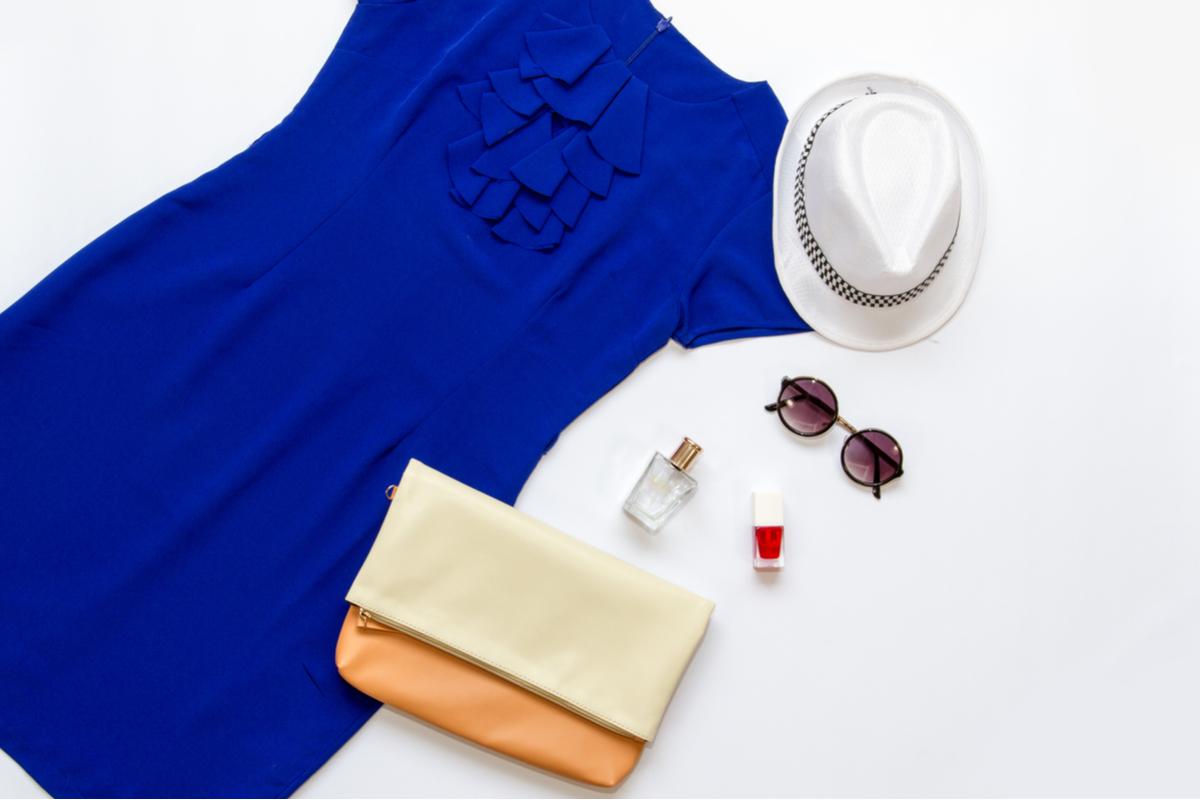
As per the model, all fashions will go through four primary stages: introduction, growth, maturity, and decline.
Introduction
It takes time for new trends to achieve acceptability. Some customers will be more creative than others, and while they may be prepared to pay higher rates, unit costs may still be high owing to limited sales. When a new product is introduced to the market, new approaches are used to disclose it. Advertisements, fashion shows, and fashion publications are all used to market it. The primary goal will be to promptly educate and enlighten the consumer. However, the market's size will be restricted. Exclusive distribution will continue to be the pattern in this product lifecycle management stage.
Growth
As the appeal of a product grows, so does the acceptance of a fashion trend. As fashion becomes more well-known and appealing, competition rises. Products can be redesigned to save money and will be sold at a cheaper cost. As a result, fashion recognition grows, resulting in a rise in product creation. Sales will begin to climb rapidly, and new pricing bands will emerge fast. As the fashion spreads, distribution, which is still selective at this point, will become more widespread. In this stage of product lifecycle management, the focus of advertising strategies will be on increasing exposure to acquiring approval of the trend by the opinion-forming segment of the general public.
Maturity
The desirability of a fashion product finds its pinnacle during this stage of its life cycle. The stylish item will appeal to a wide audience. This is the longest time in its life cycle. There will be fierce competition, and costs will start to decline to draw the attention of a broad market. Products will be further changed to attain the lower price levels that will result, and profit margins will be reduced. The distribution will be extensive, and the promotional focus will be on reinforcing what has already become a popular trend. However, after a certain period, the product's appeal fades. This stage of product lifecycle management opens the door to new fashion concepts.
Decline
In the fashionable clothing market, the appeal of existing fashion declines over a specific length of time. As a response, people are irritated by it, and the fashion quickly becomes obsolete. As people's attention shifts to the latest trend, the old one gets discarded. Competitors are progressively being phased out as sales and profitability plummet, and the threat of being left with outmoded inventory looms.
Additional stages of the product life cycle of a fashion product
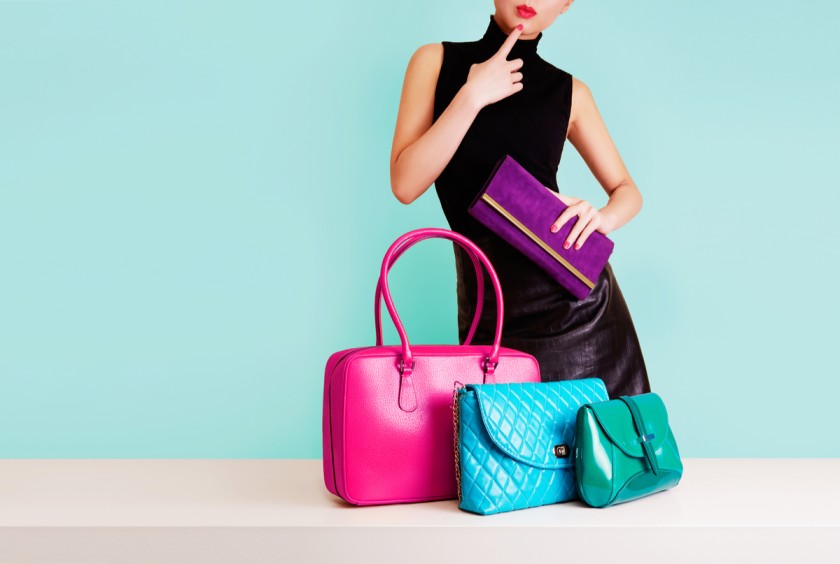
In fashion product lifecycle management, there are four additional stages for a fashion product. They are as the following:
Basics
Basic clothing has a considerably longer life cycle. By adding a little variation to the product lifecycle management, it makes a huge difference. Pants with a simple t-shirt are considered basic clothing. The first several months of sales are a little slow. At the mature period, it has the largest sales. By distinguishing the product, it eventually enters the decline stage.
Styles
Style is the vehicle through which one's own thinking awareness and creativity are expressed. It emphasizes the individual's features. In general, one of the ways to convey one's individuality is via style. The character of a person may be conveyed via style. When a style is widely accepted, it ceases to be a style.
Fashions
This phase seems to be related to Basic. Fashion expanded quickly and widely throughout the world. As an outcome, demand for the growth stage is high. It does not reach the point of decline until a new trend emerges.
Fads
The fad stage of the fashion product life cycle comes and goes as quickly as it goes. During the first stages, it was quite popular. Its sales are likewise at an all-time high at this time. In this stage, it has a relatively brief lifetime. Young individuals are generally highly fond of fads.
Conclusion
Fashion is different from one group to the next. When one fashion trend fades, another emerges in a new form. The apparel industry is continually bustling with these bits of originality, full of elegance. The fashion product lifecycle management is thus not confined by a border, but rather spins in a circle. One of the disadvantages of the product life cycle is that it is not necessarily a trustworthy predictor of a product's genuine lifespan, and following the notion might lead to errors. For more info, check out Fashinza.















